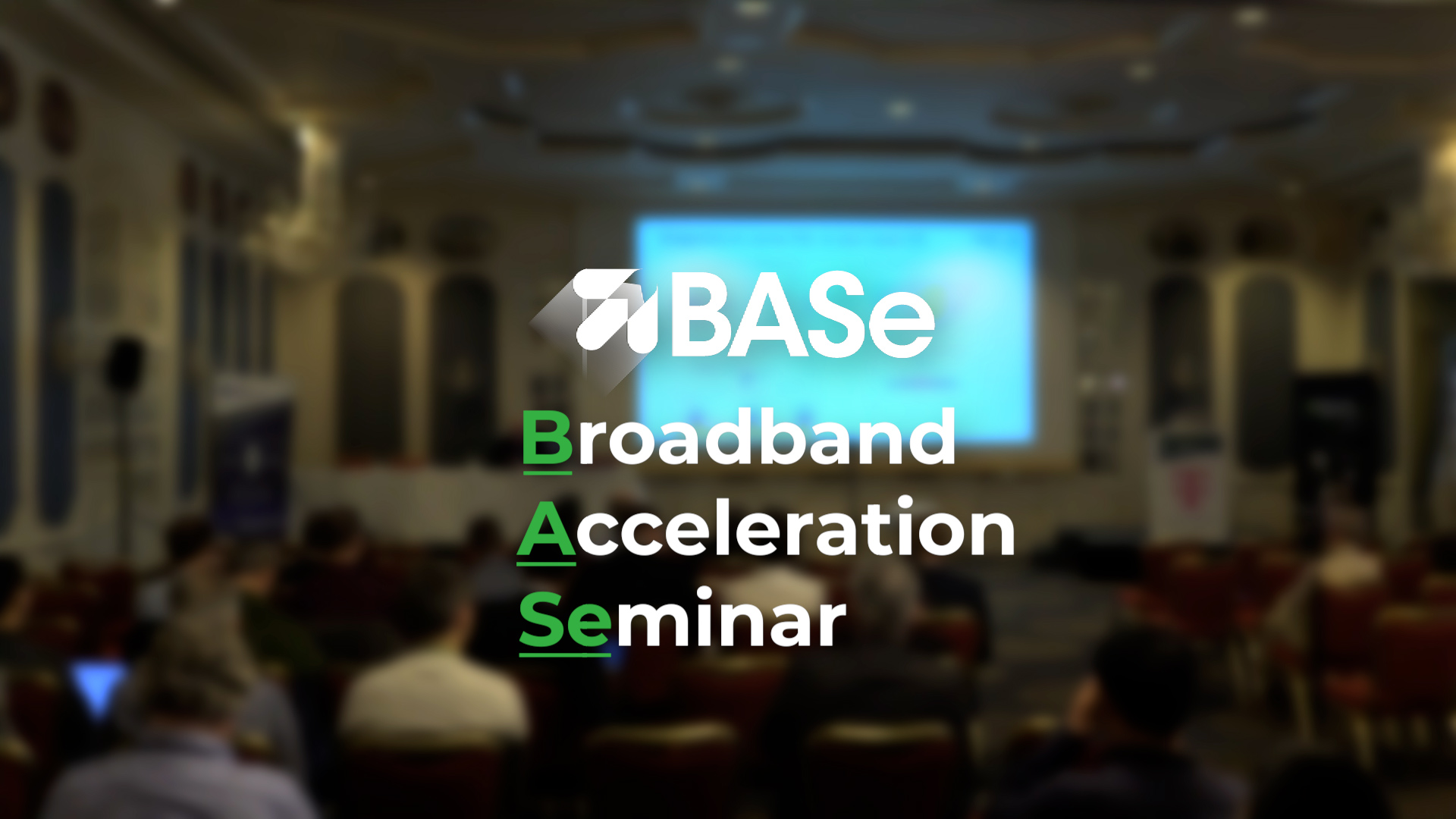By Craig Thomas, CEO at Broadband Forum
Major sporting events including the Olympics and Paralympics, Wimbledon, T20 World Cup, and Euros and Copa America football tournaments are attracting devoted eyes to devices worldwide as fans make sure they don’t miss last-minute match winners and athletic achievements. While streaming alone isn’t likely to strain network bandwidth during the ‘Summer of Sport’, when combined with other applications like gaming, video-calling and live-streaming, broadband connections may be tested – and blemishes exposed.
During peak times for data use, customers’ Quality of Experience (QoE) can deteriorate. Yet it needn’t, and service providers can ensure that QoE stays great with the right tools to measure network performance. The variety of applications in the home have shifted the barometers for QoE from high speeds to include latency, buffer, and jitter. Accurate performance measurements and analysis of these factors – coupled with the possibility of predicting QoE – can help deliver unblemished network experiences.
Don’t delay your appreciation of latency
As more and more advanced applications are introduced into the home, customers are more likely to be exposed to poor latency. Augmented and virtual reality, 4K and 8K video streams, and other bandwidth-demanding technology require more than just fast speeds to be enjoyed.
Why do we need to pay attention to latency? From a user experience perspective, it’s a crucial bottleneck and a measure of the time it takes for a data packet from one point to another – or the delay between two points. Ideally, the latency of a data packet traversing the network to end user devices would be as close to zero as possible. Factors including – but not limited to – the time it takes for the packet to travel from two points and queuing caused by competing traffic can affect latency.
Too much latency will likely have the knock-on effect of poor application performance. And customers are becoming more and more aware of the impact it can have on their experience.
Ahead of the latency game
Gamers are a particular group of network users that are likely to feel the frustrating effect of latency – and they are becoming more aware of it. They are increasingly willing to pay a premium for lower latency as it provides them with an experience that delivers a more realistic gaming experience. A Light Reading webinar poll indicated that more than half of latency aware users are willing to pay an additional $5-10 more a month for the appropriate, guaranteed low-latency experience.
Many customers, however, are less aware of what latency is and the positive impact of low latency. It’s up to the industry – including service providers – to make sure that customers understand it, which is where delivery on an application-level and providing easy-to-understand metrics are essential.
Delivering the metrics
A project to empower the broadband industry to define metrics that capture variability in network quality, relating directly to end-user QoE, was launched by Broadband Forum as ‘Broadband QED (Quality of Experience Delivered)’ builds a representative statistical distribution of latency and measures the round-trip time it takes for data packets to be sent over the network, either continuously or for a specified time.
What Broadband QED offers that typical metrics cannot capture is sufficient Application Outcome data, which varies depending on how the latency is distributed. This is important because quality can differ depending on the application in use, despite having the same network bandwidth, average latency, jitter, and packet loss.
QED delivers a framework to specify, measure and analyse the quality required for these connected home applications. We can predict outcomes of each application type, applying Machine Learning techniques to predict what the QoE will be. The framework uses Quality Attenuation (written ∆Q) to deliver improved performance measurements and analysis, tackling factors such as latency, consistency, predictability, and reliability.
A necessary tool on the services-led broadband journey
Services-led broadband is becoming more prominent, driving a unignorable need for the consideration of network latency. User experience needs to be more than just delivering fast speeds if service providers want to keep customers satisfied with their broadband, offer differentiation, and pave the way for new revenue streams and applications.
Find out more about Broadband QED can help you here: https://www.broadband-forum.org/open-broadband/broadband-experience.
